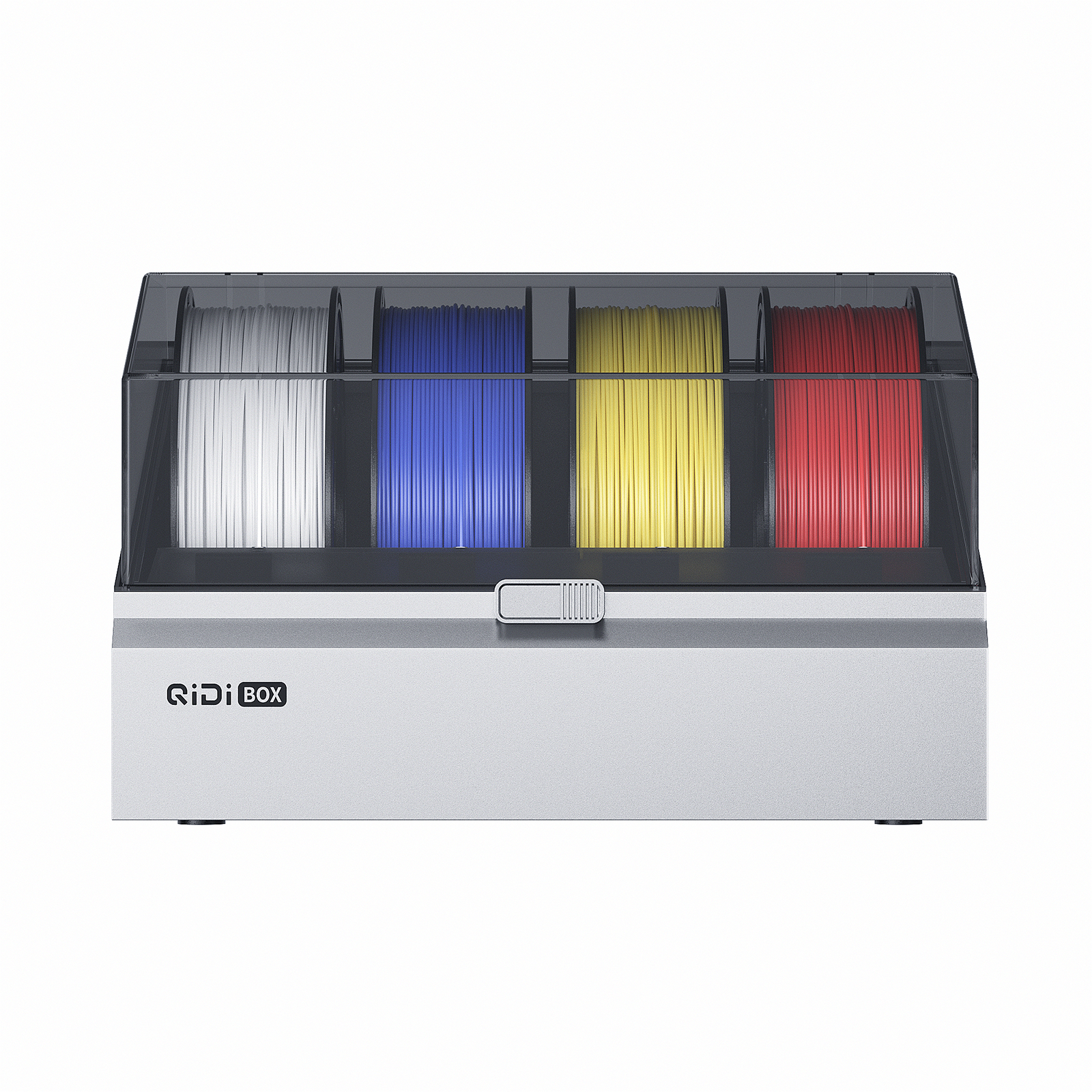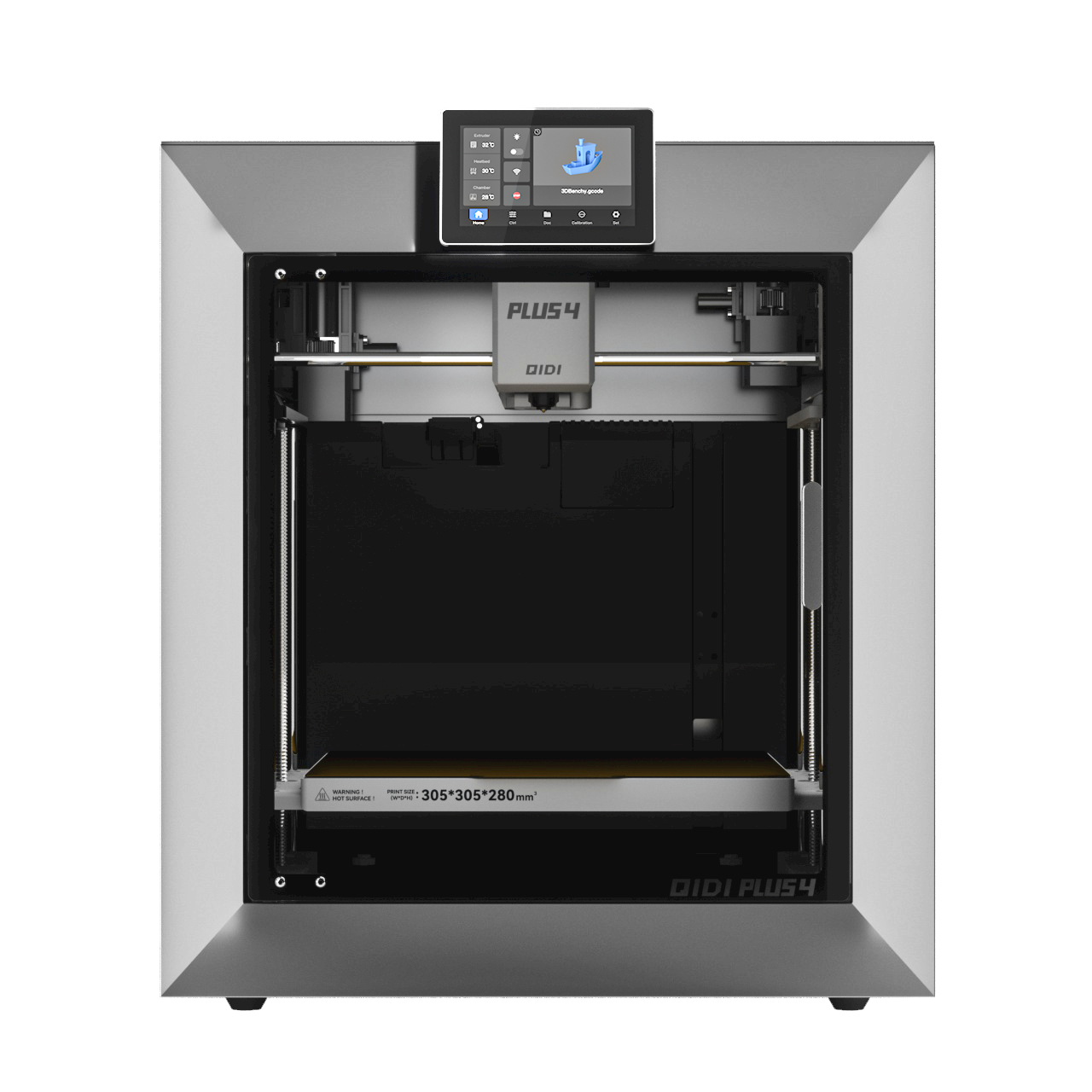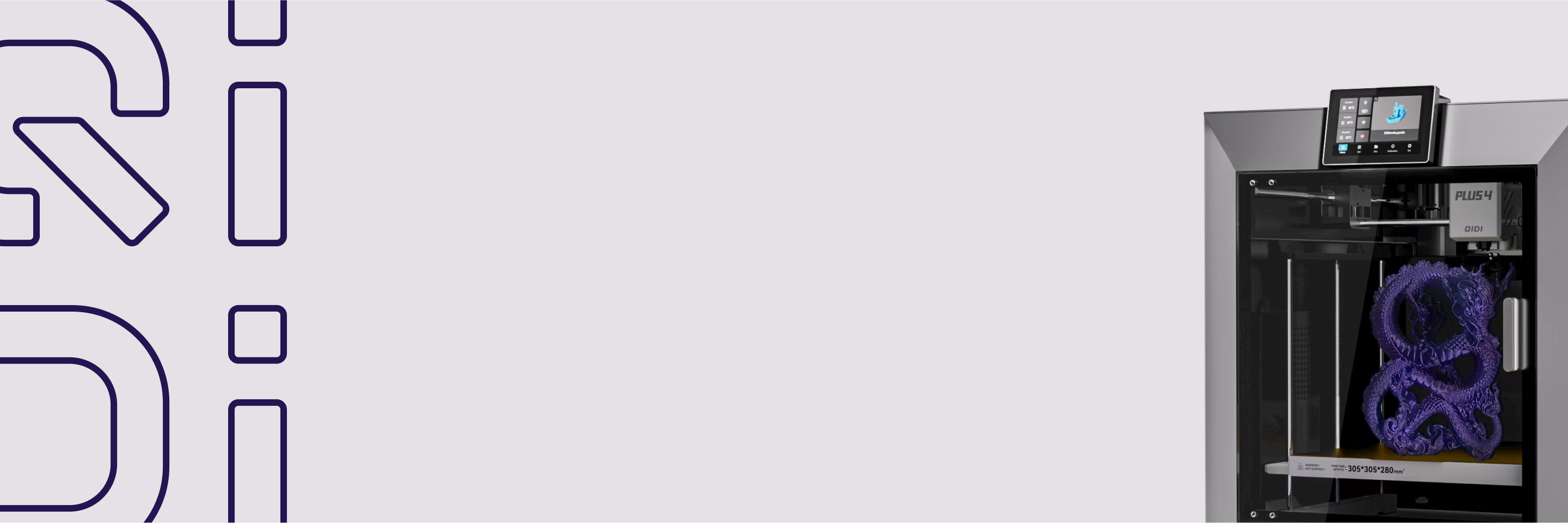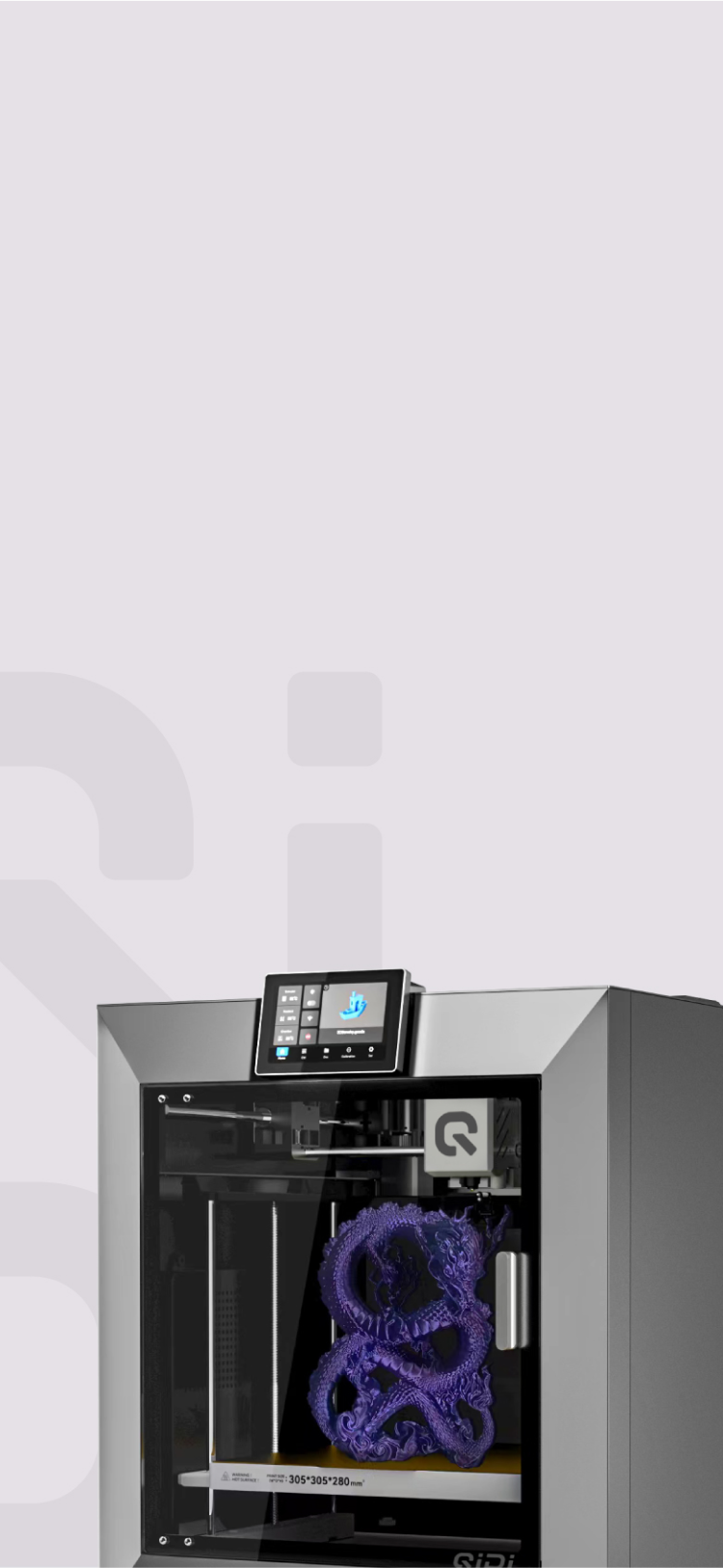3D 프린터의 인클로저의 이점은 무엇입니까?

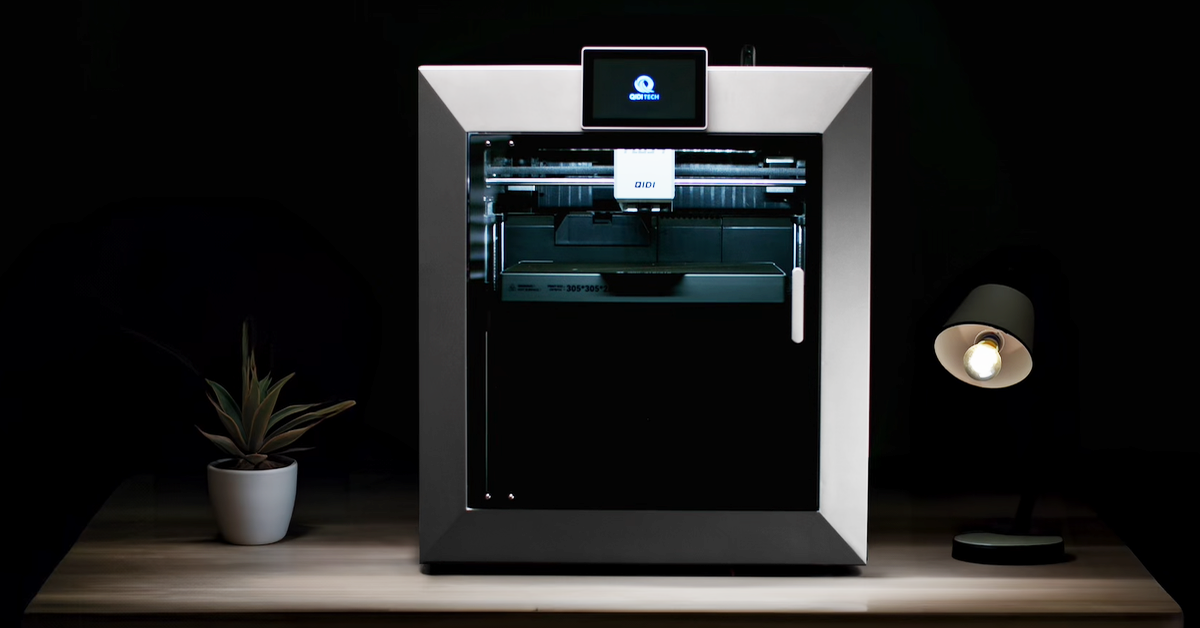
3D 프린터를 사용하신다면 출력물이 휘거나, 냄새가 나거나, 소음이 심한 문제를 겪어보셨을 겁니다. 이럴 때 프린터 케이스가 유용합니다. 프린터 케이스는 마치 상자처럼 프린터 주변에 설치하여 여러 문제를 동시에 해결해 줍니다. 온도는 일정하게 유지되고, 냄새와 입자는 한곳에 모이게 되며, 모든 것이 조금 더 조용해집니다. 덕분에 출력물이 더 보기 좋고, 프린터를 깨끗하게 유지하여 더 오래 사용할 수 있습니다. 이 간단한 업그레이드는 3D 프린팅을 더욱 즐겁게 만들어 주고 출력물의 품질도 향상시켜 줍니다.
3D 프린터 인클로저가 일반적인 문제를 해결하는 방법
온도에 민감한 재료의 뒤틀림 및 층 분리 방지
를 사용한 대부분의 사람들은 3D 프린터 각 부품이 다른 속도로 식으면 인쇄물이 휘거나 깨지는 것을 본 적이 있습니다. 특히 ABS처럼 식으면 크기가 줄어드는 소재의 경우 더욱 그렇습니다.
인쇄물이 밀폐된 공간에 보관되면 주변 온도가 더욱 일정하게 유지됩니다. 차가운 공기가 인쇄물이나 외풍에 닿지 않으면 인쇄물은 더욱 균일한 속도로 냉각됩니다. 이는 획기적인 변화입니다. ABS 프린트—이전에는 휘어지던 부분도 이제 평평하게 인쇄되어 침대에 부착될 수 있습니다.
또한, 활성 챔버 가열 기능을 갖춘 3D 프린터를 활용하면
많은 사람들이 커버를 추가하거나, 더 나은 방법으로 가열 챔버가 있는 프린터를 사용하면 이전에 계속 실패했던 대형 ABS 프로젝트를 마침내 마무리할 수 있다는 것을 알게 되었습니다.
 더 나은 정확도와 표면 품질로 인쇄물을 만드세요
더 나은 정확도와 표면 품질로 인쇄물을 만드세요
실패를 방지하는 것 외에도, 밀폐형 인쇄는 전반적인 품질을 향상시킵니다.
- 모서리와 가장자리가 휘어지지 않고 더 선명하게 인쇄됩니다.
- 눈에 띄는 선이 적어 표면이 더 매끄러워 보입니다.
- 개선으로 인해 부품이 더 잘 맞물립니다. 치수 정확도
- 키가 큰 인쇄물은 레이어 결합력이 더 강합니다.
- 격차를 극복하는 다리가 더 성공적으로 인쇄됩니다.
이러한 개선 사항은 기계 부품이나 정밀한 모델을 출력할 때 특히 중요합니다. 부품이 정밀하게 조립되어야 할 때, 안정적인 환경은 눈에 띄는 차이를 만들어냅니다.
고급 소재로 성공적으로 인쇄
많은 프린터 소유자들이 PLA처럼 사용하기 쉬운 재료를 고집합니다. 다른 재료는 너무 번거롭기 때문입니다. 하지만 인클로저를 사용하면 다음과 같은 재료를 안정적으로 사용할 수 있습니다.
- ABS: PLA보다 강하지만 인쇄가 잘 되려면 안정적인 열이 필요합니다.
- 폴리카보네이트: 매우 튼튼하고 내열성이 우수합니다.
- 나일론: 유연하고 튼튼하지만 열이 없으면 휘어지기 쉽습니다.
- ASA: ABS의 내후성 대안
- 탄소 섬유 필라멘트: 더 단단하고 강하지만 온도에 민감함
각 소재는 기본 PLA보다 뛰어난 성능을 발휘하는 특정 용도가 있습니다. 나일론은 유연한 부품에, 폴리카보네이트는 투명한 부품에, 탄소 섬유는 단단한 부품에 적합합니다.
냄새와 입자를 함유하고 있습니다
3D 프린팅은 공간에 뜨거운 플라스틱 냄새를 유발할 수 있습니다. ABS와 같은 일부 소재는 특히 강한 냄새를 유발합니다.
방충망은 냄새가 집이나 사무실 전체로 퍼지는 것을 방지합니다. 많은 사용자들이 방충망을 설치한 후 프린터를 차고에서 사무실이나 생활 공간으로 옮길 수 있었다고 합니다.
냄새를 더욱 최소화하려면 특별히 제조된 제품을 사용하는 것을 고려하세요. 무취 ABS 필라멘트.기존 ABS와 달리, 당사의 필라멘트는 인쇄 과정에서 발생하는 불쾌한 냄새를 크게 줄이거나 없애도록 설계되어 실내 환경에 적합한 선택입니다.
일부 필라멘트는 인쇄 중에 작은 입자를 방출하기도 합니다. 이러한 입자는 밀폐 용기에 담겨 있으며, 필터(냄새 제거용 탄소 필터, 입자 제거용 HEPA 필터)가 장착된 모델은 추가적인 보호 기능을 제공합니다.
인쇄를 더 조용하게 만들기
팬들은, 모터3D 프린터의 움직이는 부품은 방해가 되거나 귀찮을 수 있는 지속적인 소음을 발생시킵니다.
케이스를 사용하면 이러한 소음이 상당히 줄어듭니다. 대부분의 사용자는 프린터가 훨씬 조용해졌다는 것을 느낍니다. 일반적으로 이전보다 소리가 절반 정도 줄었습니다.
다음과 같은 경우 실제로 차이가 발생합니다.
- 침실이나 침실 근처에서 밤새 인쇄
- 통화 중 홈 오피스에서 프린터 사용
- 공유 생활 공간에서 인쇄
프린터를 먼지로부터 보호하세요
3D 프린터는 움직이는 부품이 깨끗할 때 가장 잘 작동합니다. 레일, 조인트, 심지어 부품 내부에 먼지가 있으면 문제가 발생할 수 있습니다. 대통 주둥이.
방진막은 방 안의 먼지가 이 부품에 닿지 않도록 막아줍니다. 시간이 지남에 따라 걸림이 줄어들고, 유지 관리가 간편해지며, 매번 더 나은 인쇄 품질을 얻을 수 있습니다.
또한 필라멘트에 먼지와 물이 들어가지 않아 출력물의 품질을 저하시킬 수 있습니다. 많은 사람들이 습도를 낮추기 위해 필라멘트 용기에 실리카겔을 넣습니다.
뜨거운 부품으로 인한 화상 방지
많은 것들에 관하여 3D 프린터 매우 뜨겁습니다. 화상을 입을 정도로 뜨겁습니다. 노즐은 최대 240°C까지 올라가고, 침대는 100°C가 넘습니다.
인클로저는 사람들이 실수로 물건을 만지는 것을 방지하는 벽 역할을 합니다. 이는 누구에게나 중요하지만, 특히 프린터에 부딪힐 수 있는 사람이 많은 곳에서는 더욱 중요합니다.
어린이와 반려동물의 안전을 지켜주세요
아이나 반려동물이 있는 경우, 노출된 프린터는 단순히 뜨거운 표면보다 더 큰 위협이 될 수 있습니다. 움직이는 프린트 헤드와 벨트에 털이 끼거나 손가락이 끼일 수 있습니다. 사람들은 이러한 흥미로운 움직임에 매료되는 경우가 많습니다.
이러한 위험은 철망으로 가려져 보이지 않지만, 모두가 인쇄 과정을 지켜볼 수 있습니다. 많은 용기에는 안전을 위해 잠글 수 있는 문이 있습니다.
교육 환경을 위해
부속 시설은 학교와 도서관이 특정 요구 사항을 충족할 수 있는 좋은 방법입니다.
학교에서는 학생들의 안전이 최우선입니다. 다양한 수준의 사용자들이 프린터를 사용하기 때문에, 아이들이 작동 방식을 직접 확인하면서 동시에 사고 발생을 방지하는 차단벽이 설치되어 있습니다.
많은 사람이 모이는 교실에서는 공기 질이 중요합니다. 학교는 공기 질 기준을 충족해야 하며, 스크린이 있는 교실은 이를 달성하는 데 도움이 됩니다.
프린터 소음이 교사의 설명을 방해하지 않으면 가르치기가 더 쉽습니다. 학생들은 그림이 만들어지는 것을 보면서도 수업을 이해할 수 있습니다.
장비가 많은 사람으로부터 안전하게 보관되면 더 오래 사용할 수 있습니다. 대부분의 경우, 학교에서는 장비가 오랫동안 사용되어야 하며, 보호 케이스는 실수로 장비가 파손되는 것을 방지하는 데 도움이 됩니다.
학생들이 단순히 여러 가지를 사용할 수 있을 때 커리큘럼 선택에 더 좋습니다. 인민해방군즉, 학생들은 더욱 진보된 프로젝트를 수행하고 재료 과학에 대해 배울 수 있습니다.
 3D 프린터 인클로저 구입 방법: 인클로저형 3D 프린터 구매, 제작 또는 선택
3D 프린터 인클로저 구입 방법: 인클로저형 3D 프린터 구매, 제작 또는 선택
기성품 인클로저 옵션
시중에는 30달러짜리 기본 아크릴 패널부터 300달러가 넘는 고급 버전까지 다양한 인클로저 키트가 판매됩니다. 기성품 인클로저를 구매하면 시간을 절약하고 세련된 외관을 얻을 수 있습니다.
구매 시 고려해야 할 주요 요소:
- 프린터 모델과의 호환성(치수 및 액세스 포인트)
- 소재 품질(아크릴, 알루미늄 압출재, 강철 프레임)
- 어셈블리 복잡성
- 문 및 환기 설계
- 여과가 포함되는지 여부
DIY 인클로저 솔루션
직접 울타리를 만드는 것이 일반적으로 예산에 더 친화적이며 특정 요구 사항에 맞게 완벽하게 사용자 정의할 수 있습니다.
일반적인 재료는 다음과 같습니다.
- 아크릴 시트: 가격이 적당하고, 절단이 쉬우며, 모니터링이 투명합니다.
- 목재: 저렴하고 가공하기 쉽지만 열 유지 효과는 떨어짐
- 알루미늄 압출재: 내구성이 뛰어나고 확장 가능하지만 더 많은 도구가 필요합니다.
- 단열재: 더 나은 온도 조절을 위해 추가를 고려하세요
DIY 빌드를 위한 주요 고려 사항:
- 적절한 환기와 냉각을 확보하세요
- 전원 및 케이블을 위한 개구부를 계획하세요
- 모니터링을 위한 투명창 설치
- 추가하다 LED 조명
- 인쇄물에 쉽게 접근할 수 있도록 문을 디자인하세요
온라인에서 DIY 튜토리얼과 설계도를 많이 찾아볼 수 있으며, 많은 사람이 시작점으로 IKEA 캐비닛을 재활용합니다.
내장형 인클로저가 있는 프린터 구매
새 프린터를 구매하려는 경우 통합 케이스가 있는 모델을 직접 선택하는 것이 좋습니다.
밀폐형 프린터의 장점:
- 더욱 응집력 있고 세련된 디자인
- 더 나은 통합 온도 제어 시스템
- 더욱 포괄적인 안전 기능
- 일반적으로 소음 제어를 염두에 두고 설계되었습니다.
 3D 프린터에 인클로저의 장점을 더하세요!
3D 프린터에 인클로저의 장점을 더하세요!
직접 제작하든, 키트를 구매하든, 또는 동봉된 3D 프린터를 사용하든, 출력 품질은 즉시 향상됩니다. 특히 ABS와 같은 소재의 경우 더욱 그렇습니다. 또한 훨씬 조용하고, 냄새도 훨씬 적으며, 작업 공간도 훨씬 깨끗하다는 점이 마음에 드실 것입니다. 무엇보다도 안전 기능은 가족에게 큰 도움이 됩니다. 가정, 기업, 학교에 이렇게 많은 유용한 변화를 제공하는 업데이트는 없습니다. 컨테이너는 더욱 안정적인 출력물, 다양한 소재 선택, 그리고 훨씬 더 나은 출력 경험을 부담 없는 가격으로 제공합니다.


 Q2
Q2
